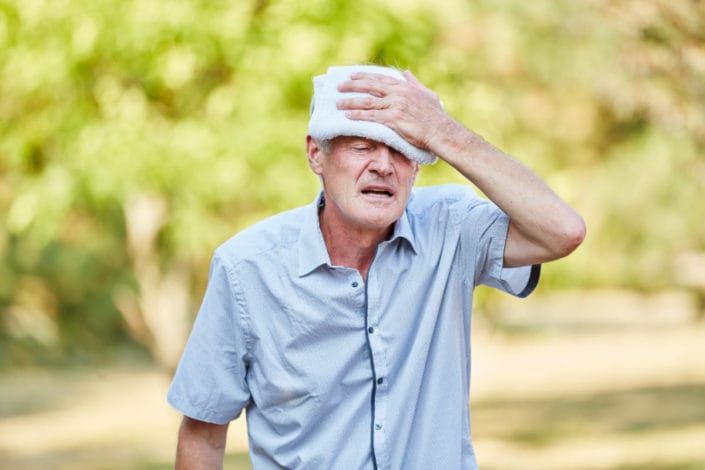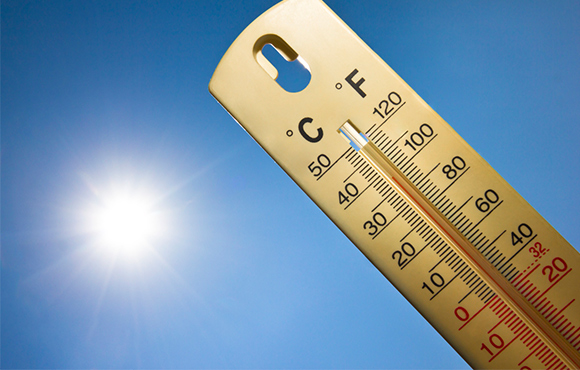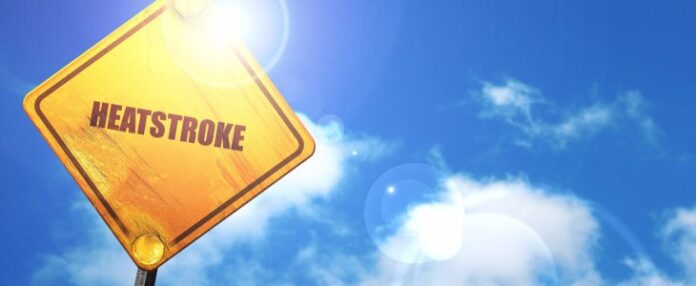Maybe you’re looking forward to achieving a healthy sun-kissed glow this summer, but would you be able to recognize when your body has had far too much exposure to sun or heat? It is important to know the signs of heat stroke during these sweltering months. And, according to Global Stroke Resource Inc. (Bcenter.com), a nonprofit serving stroke survivors and caregivers, its equally as important to understand the signs of stroke at all times because you can’t predict a stroke like you can predict a season.
Despite possessing a similar diagnostic name and some comparable symptoms, heat stroke and stroke are vastly different medically. Heatstroke, as defined by the Centers for Disease Control and Prevention (CDC), is the most serious heat-related disorder which happens when the body becomes unable to control its temperature: the body’s temperature rises rapidly, the sweating mechanism fails and the body struggles to cool down. When heat stroke occurs, the body temperature can rise to 106°F within minutes and cause death or disability if emergency treatment is not given.

Photo credit: American Academy of Family Physicians
To protect yourself from heat stroke, avoid strenuous activity outside when possible during the hottest time of the day (mid-morning to late afternoon) and wear lightweight, light-hued garments. Additionally, drink plenty of water! If you’re well hydrated, your urine will be light in color; whereas, a darker yellow or orange likely indicates dehydration.
A stroke, also referred to as a brain attack, is the leading cause of adult disability in the U.S. & Europe and is the second leading cause of death worldwide (fourth in the U.S.). Stroke occurs when a blood vessel feeding the brain gets clogged or bursts. As a result, neither that part of the brain nor the part of the body it controls can then function properly. As with heat stroke, a stroke requires emergency intervention; if you or someone you are with is having a stroke, call 9-1-1 immediately.

Photo credit: Five Star ER
Signs of HEAT STROKE:
· Hot, dry skin or profuse sweating
· Hallucinations
· Chills
· Throbbing headache
· High body temperature
· Confusion/dizziness
· Slurred speech
Signs of STROKE:
· Severe headache
· Slurred speech
· Numbness or weakness (especially on one side of the body)
· Blurred vision
· Confusion/dizziness
Every two seconds, someone in the world suffers a stroke. A stroke can happen to anyone though age, heredity, race and gender can increase one’s risk. To prevent stroke, one should partake in proper nutrition and physical activity and control cardiovascular risk factors, such as diabetes, hypertension and high cholesterol.






